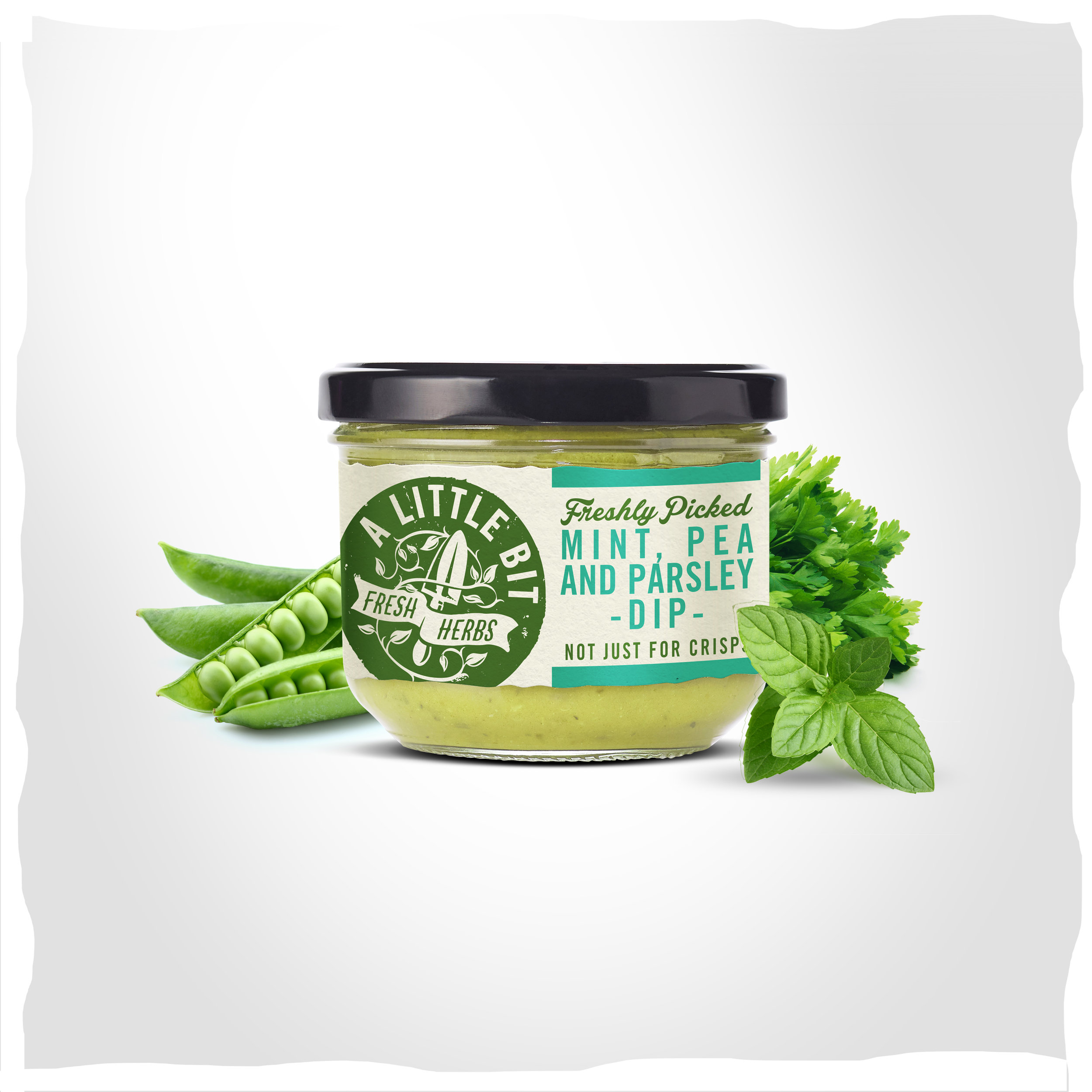With summer well and truly upon us, it seems fitting to pay tribute to mint, an extremely useful herb and an essential part of British summertime recipes. Best of all, mint is super easy to grow so there's no reason you shouldn't have a ready supply at your fingertips to add a fresh twist to salads, beverages, desserts and more.
HOW TO GROW MINT
Mint has to be one of the easiest herbs to grow, in fact, it can be invasive because it grows so prolifically. We recommend growing herbs in a pot. Mint is rarely grown from seed so it's best to buy a plant or get a root cutting from a friend. Plant it out in fresh compost in a big pot and watch it thrive. If you don't have a garden, don't worry, mint will happily thrive in a pot on the windowsill.
TYPES OF MINT
You'll almost always find spearmint (also known as garden mint) in the shops but if you're growing your own it's worth exploring all of the possibilities.
- Spearmint is the one used most widely in Western cooking and is native to the Mediterranean and widely cultivated in the UK.
- Peppermint can be used for cooking too if you want a deeper flavor. It has dark green leaves and is used to flavour ice cream, sweets and confectionary.
- Apple mint gives off an invigorating apple scent and is worth growing if you have the space. Apple mint loses its flavor when heated so try it chopped raw into salads or on buttery asparagus or potatoes.
- Chocolate mint combines the taste sentation of crisp mint with rich chocolate. It's a close relative of spearmint and has a purple stem and a noticably chocolate scent and taste. As such, it makes a great addition to teas, baked goods, fresh fruit and ice cream.
MINT RECIPES
There are so many ways to use fresh mint. Where to begin? Here are a few of our favourites:
For more mint inspiration, check out our 15 Uses for Fresh Mint

















